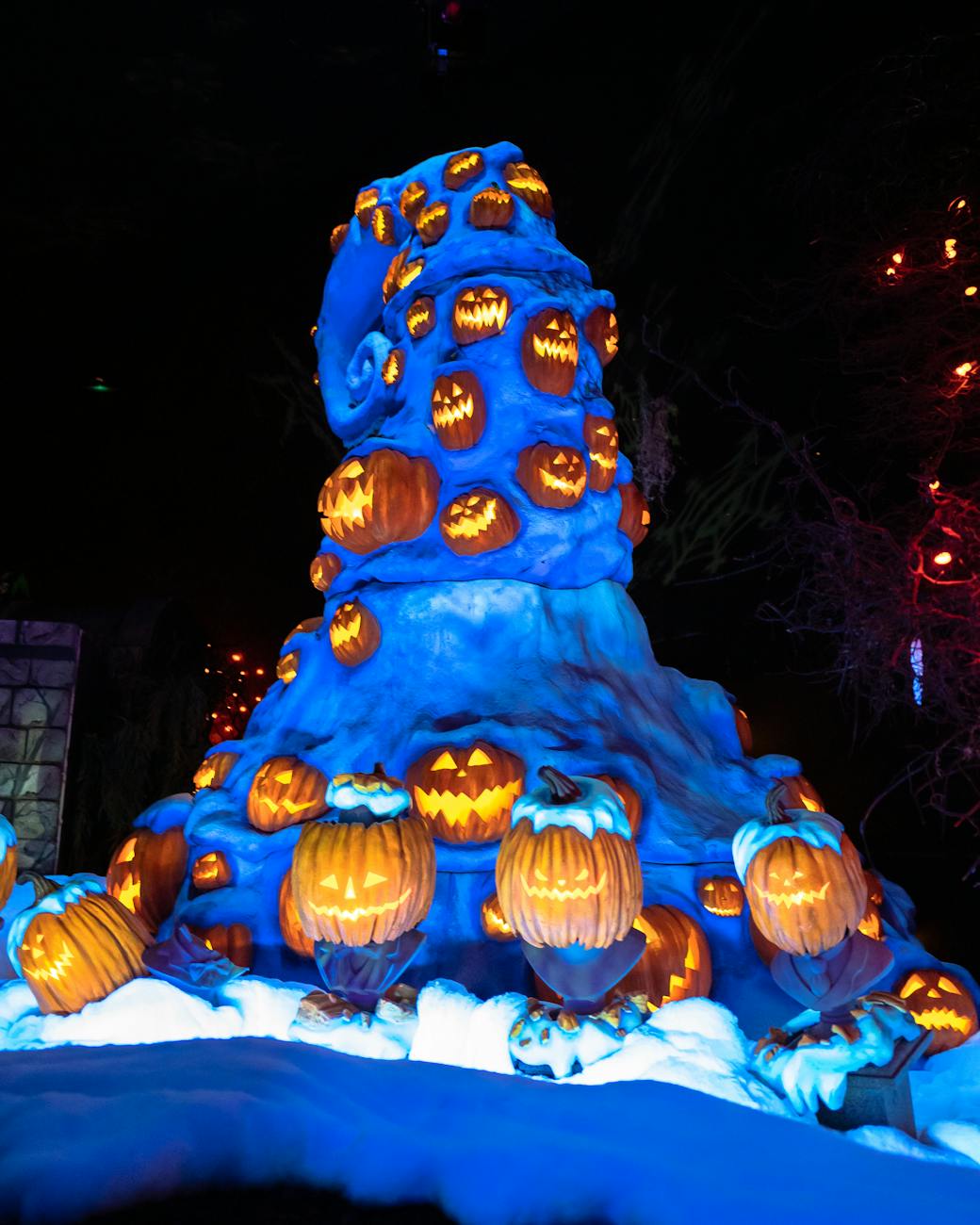We’re hundreds of years from the infamous Salem Witch Trials, and for the magically-inclined, what a time to be alive! Witches are probably one of the oldest known “monsters” in human history. From ancient medicine men and women, to midnight rituals, broomsticks and black cats to the modern feminist Bruja, witches are a common theme for women who go against the mainstream for the benefit of their own selves. Whether actively worshiping dark beings or just mixing a few herbs here and there, witches have gone from secret but devout followers of Satan to your very friendly local shop owner. What could have gotten someone burned at the stake is now something to strive to be — a beautiful, confident, powerful woman.
According to Merriam-Webster a “witch” is classified as “one that is credited with usually malignant supernatural powers. Especially: a woman practicing usually black witchcraft often with the aid of a devil or familiar.” If you imagine a witch in your mind, you’d probably think of an older woman (an old hag, with or without a gigantic nose wart), wearing all black, pointy hat, probably has a black cat, stirring a cauldron or riding on a flying broom. In reality, witches didn’t appear that way until relatively recently, around the 1800s. Witches could be seen as anything really: someone with distinctive features (for example, someone with a deformity or albinism), someone who doesn’t go by social norms practiced in their group, or maybe someone who is always at the right place at the right time. Just being different could make you out to be dealing with the Devil.
But the most prevalent aspect of a witch is the magic part, particularly black magic. Depending on who you ask, black magic can refer to many things, from magic used for evil or vengeance or any type of magic at all (because, y’know, magic = Satan). In cases like the Salem Witch Trials, we see the victims accused of casting spells on neighbors or talking to animals. Not being a member of the Church could get you hanged. It’s unfortunate, but many ideas about witches and their practices come from misinformation and just plain ol’ ignorance. Take spiritual practices like Paganism. In very simple terms, Paganism is anything that is not Christian, Islamic, or Jewish; this includes religions that follow more than one god or deity as well as those who are non-religious (i.e. atheist). If you have the mindset that God is the one true power in this universe and grants you health and happiness while smiting those who don’t abide by moral law, you might think someone mixing medicinal herbs together might have knowledge they shouldn’t (read: coming from the Devil). If you saw a naked woman out in the woods, your first thought might not be “Oh, she’s probably just bathing,” but instead “She is giving her body over to dark forces.”
The biggest red flag was worship of false gods, something Pagans were thought to do through rituals and other festivities. Halloween itself comes from the ritual Samhain, meant to celebrate the end of the harvest season and the coming (preparation for) winter. But to people with other, more monotheistic, upbringing living in a time without the comfort and luxuries we have today, a celebration like Samhain was seen as worshiping a deity that brought on death (crop failures), darkness (less sunlight with the change of seasons), and pain (starvation from lack of food and general coldness).
Now while all of this history has been stewing for centuries, it’s simultaneously showing up in art. As “modern” Halloween gained popularity in the 19th century, we see witch prints show up in magazines and advertisements. Soon they would be incorporated into storybooks, like The Brothers Grimm tale Hansel and Gretel. Eventually, they came to cinema. One of horror’s earliest films, Häxan (1922), shines a horrid light on witchcraft, but not in a way you might think. The film is more an explanation of how past cultures demonized “witches,” who in reality were people with medical issues like disease or mental illness. In a series of vignettes, we see how inquisitors would punish those thought to be involved in the occult, the Devil and his power over women, and how people with mental illness are treated now. Twentieth century movies often played on the negative stereotypes witches were thought to have, even though there hadn’t been major sorcery problems (in the Western World) for centuries. Black Sunday (1960), for example, features a witch named Asa who not only uses her magic for evil, but kills innocents for vanity and eternal life.
Meanwhile, the oncoming millennium brought new ideas about feminism and empowerment that hadn’t been seen since the days of our Pagan ancestors. More and more we saw people getting into magic. Crystals, meditation, specialty shops, spirit boards and tarot, and all sorts of metaphysical activities crept out from their hiding places and were shown to the world. People formed groups or even covens for their practice. No longer was witchcraft something to hide, but something to essentially free one’s spirit.
And we see this in movies still; though witches in film are still mainly evil beings, there’s always a deeper subtext that explains why someone would be led “astray.” Thomasin (The Witch, 2015) wanted to enjoy a life that her strict, religious, and patriarchal upbringing would not allow her to have. Albrun (Hagazussa, 2017) is just trying to survive in a world where isolation can poison relationships with others for generations. Susie (Suspiria, 2018) is following a lifestyle that grants her access not only to her love of dance, but to hidden power through that dance. Sabrina (Chilling Adventures of Sabrina, 2018-present) is working to bring together those of mystical ability and those of not. Heidi (The Lords of Salem, 2012) is the modern embodiment of those killed for their differences and others’ misunderstandings. And we see these same things reflected in reality. Modern witchcraft isn’t used to cause harm, but to foster self care and help others. Sure, you see the occasional “Voodoo Shop” where they sell snake oil to conjure the dead or force bad luck onto those who did you wrong, but avid practitioners mainly focus on self-betterment.
Perhaps we have the same amount of people practicing witchcraft as we have always had, but there are more people practicing out in the open today than there ever have been. Wicca, Modern Paganism, Satanism, Druidry, and many other practices are widespread thanks to cultural growth and understanding. We still see the bad sides of sorcery in media, but I believe that most people are accepting of other ways of life.
Want to learn more about witches, their craft, and dark times in their history? Check out these resources from the History Channel, CNN, and Aaron Mahnke’s Unobscured.














